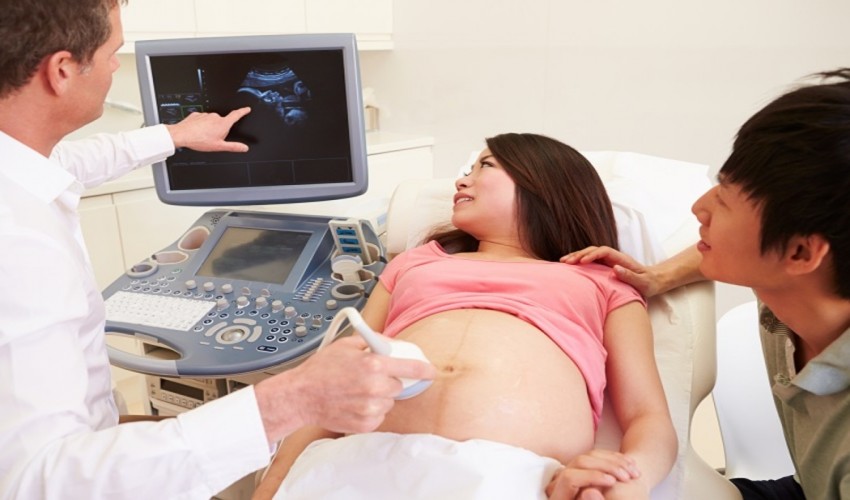
Summer is a riskier time to get pregnant than winter.
- Rating
- epidemiology
- summers
- fertility
- conceive
Miscarriage, which is defined as the loss of a pregnancy before the 20th week, occurs in up to 30% of pregnancies. There are few recognised risk factors for these pregnancy losses, which may lead to posttraumatic stress disorder, depression, and anxiety, in up to half of all miscarriages that occur.
Summer may be a riskier time for miscarriage, according to a new study headed by the School of Public Health's experts. Pregnant women in North America had a 44 percent greater chance of an early miscarriage (within eight weeks of pregnancy) in the summer months, especially in late August, than they did six months earlier in February, according to a research published in Epidemiology. At the end of August, the risk of miscarriage was 31% greater than at the end of February. Those in the South and Midwest, where summers are hotter, were more likely to have a miscarriage in late August or early September, according to the research.
Excessive heat and other hot-weather environmental or lifestyle exposures may have a role in unexpected pregnancy loss, according to these findings. According to Amelia Wesselink, a research assistant professor of epidemiology and the study's primary author, "every time you have seasonal variation in an outcome, it might offer you suggestions about causes of that result." "Summer is the season with the largest chance of miscarriage, especially in the first eight weeks of pregnancy. There are a number of factors that might explain why miscarriage rates are higher in the summer, and we'll need to look into them more."
Wesselink and colleagues used survey data from the SPH-based Pregnancy Study Online (PRESTO), an ongoing NIH-funded study that has been enrolling women trying to conceive since 2013 and following them from preconception to six months after delivery, to analyse the loss of pregnancy among pregnancy planners. In this study, the researchers focused on 6,104 people who became pregnant within a year after participating in PRESTO and who provided baseline information on sociodemographics, lifestyle, and medical histories to them. They divulged details such as the kind of miscarriage, the day it occurred, and the number of weeks the mother was pregnant at the time of the miscarriage.
Seasonal trends in miscarriage are beginning to be explained by the results. Early miscarriages (those occurring outside of a hospital) and those occurring in couples who are not having reproductive issues were likely overlooked in previous research since they were based on clinical or fertility data.
Researchers suggest physicians, politicians, and climate experts may already take steps to limit these possible hazards, even though further study is required to determine whether exposure to high heat and other particular exposures is to blame for these periodic changes.
According to Wesselink, heat is related with an increased risk of various pregnancy outcomes, including premature delivery, low birth weight, and stillbirth. Public health communications, particularly heat action plans and climate change adaptation measures, should include pregnant women and their unborn children's health as a consideration."
Kenneth Rothman, a professor of epidemiology at SPH, was the study's principal author. It was written by Lauren Wise and Elizabeth Hatch, professors of epidemiology at SPH; Ellen Mikkelsen of Aarhus University in Denmark; David Savitz of Brown University's School of Public Health; and Kipruto Kirwa of Tufts University.
Leave a Reply
Your email address will not be published. Required fields are marked *


